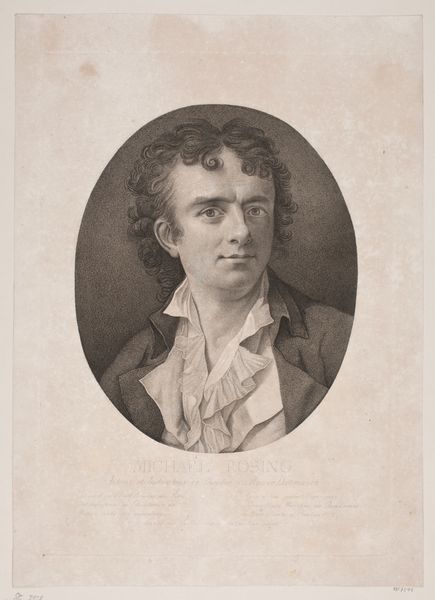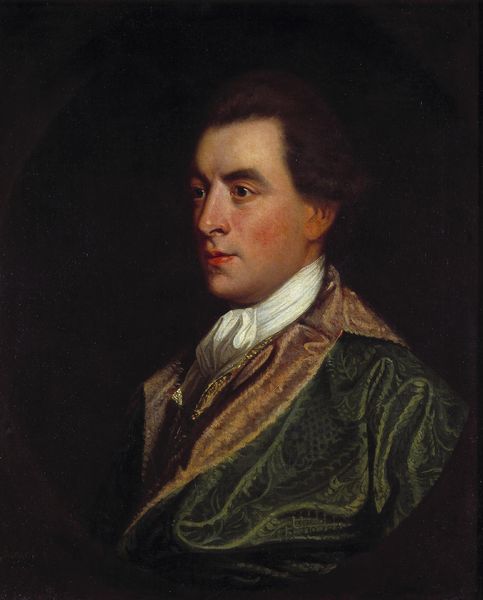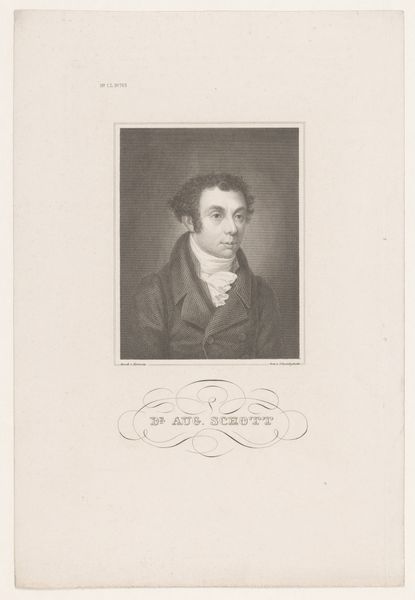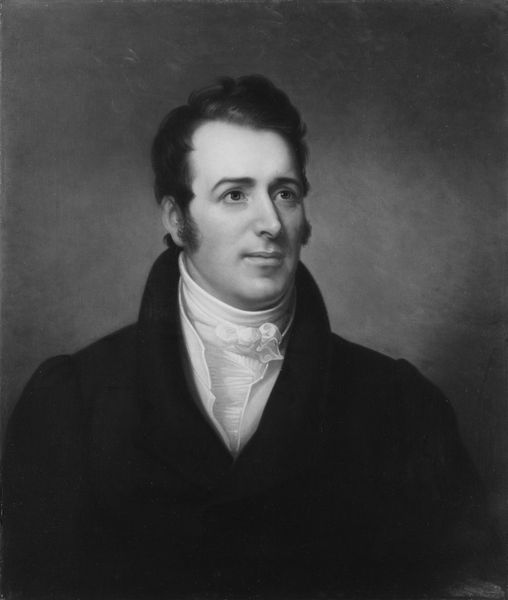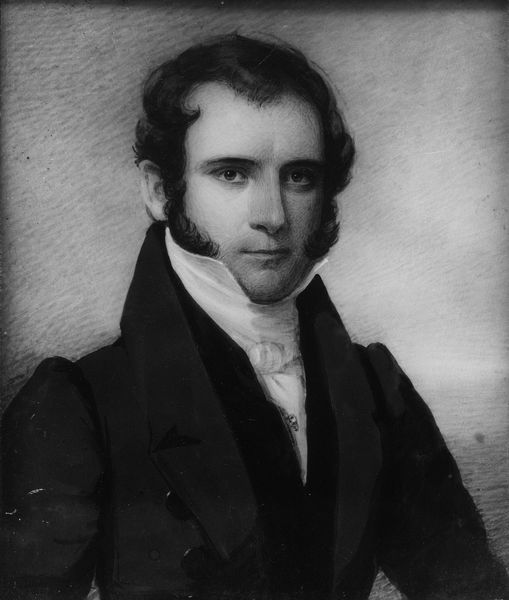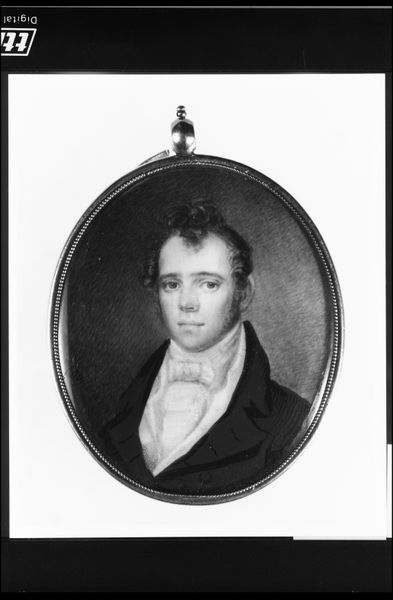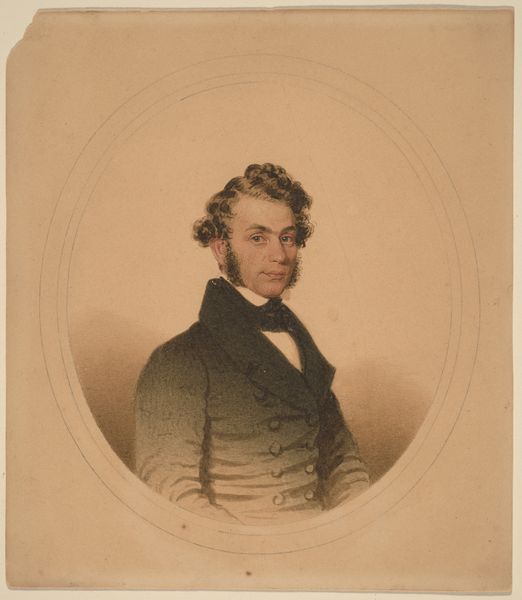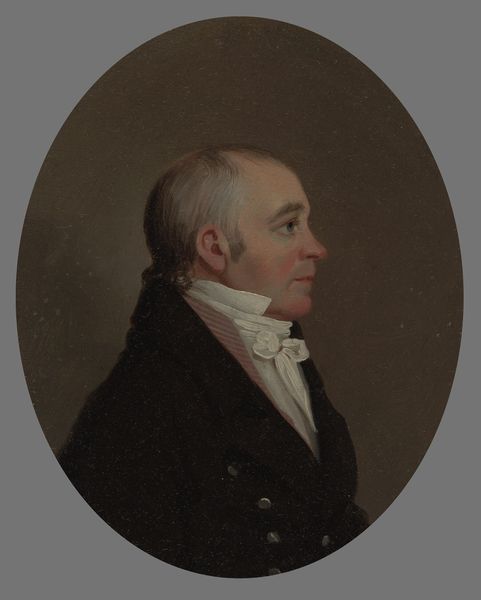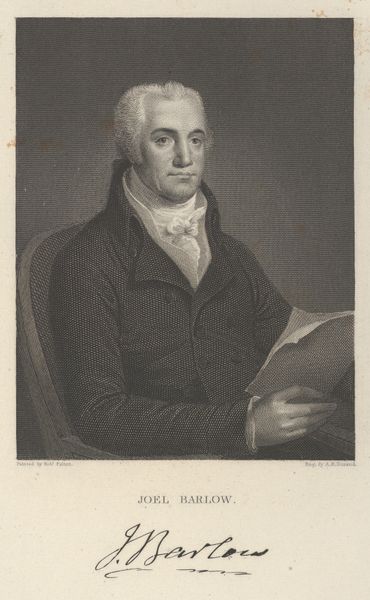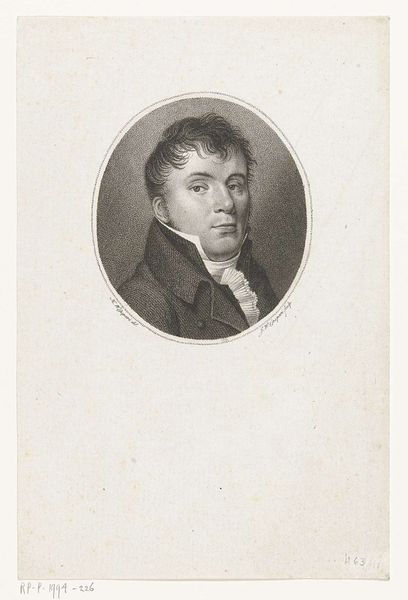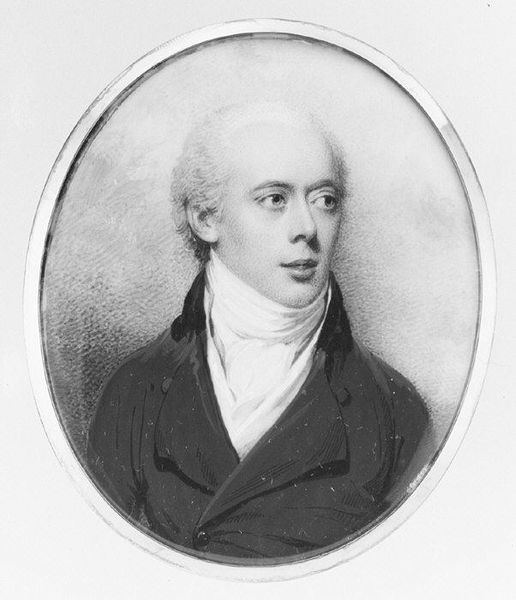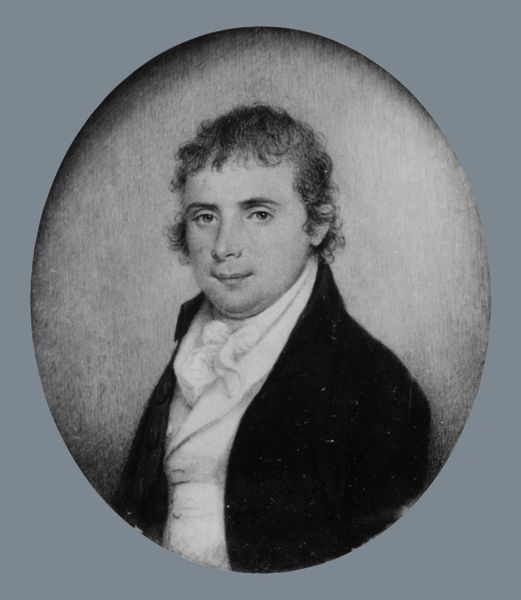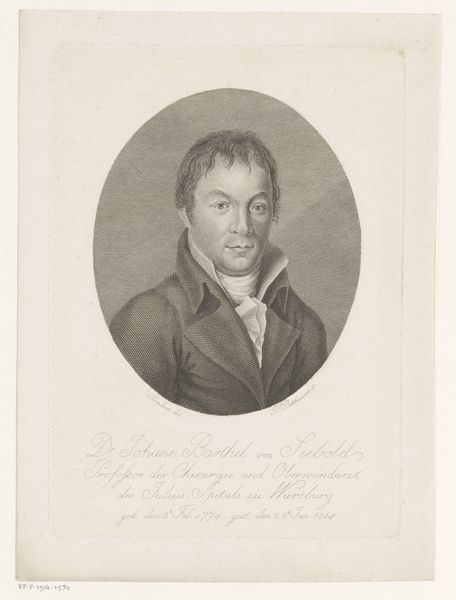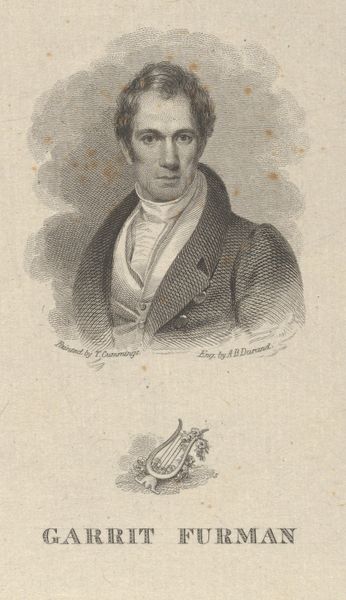
print, mezzotint
#
portrait
# print
#
romanticism
#
mezzotint
Dimensions: 20 5/8 x 16 5/8 in. (52.39 x 42.23 cm) (plate)24 3/4 x 19 3/4 in. (62.87 x 50.17 cm) (sheet)
Copyright: Public Domain
Editor: This is a print of Robert Burns by William Walker, dating to around 1830. It's done in mezzotint, which gives it such a rich, velvety texture. I’m struck by how the artist captured what seems like a kind and thoughtful expression on his face. What’s your read on this piece? Curator: It's tempting to simply see this as a formal portrait of a beloved poet, but let’s dig a bit deeper. Consider Burns's role in Scotland’s cultural identity. He wasn’t just writing poems; he was championing the Scots language and celebrating the lives of ordinary people. This portrait, created posthumously, contributes to the mythologizing of Burns as a national hero. How do you think Walker’s choice of mezzotint contributes to this romantic idealization? Editor: Well, the soft, almost ethereal quality definitely adds to the romance. It smooths out any imperfections and makes him seem almost… timeless? Curator: Precisely! And think about the political context. Scotland was still navigating its relationship with England in the early 19th century. The image of Burns as a figure of national pride becomes a powerful symbol of cultural resistance and a reclamation of identity. Does understanding that shift your perspective on the piece? Editor: Absolutely. I initially saw it as a straightforward portrait, but knowing the sociopolitical backdrop makes it much more powerful. He becomes more than just a man; he is a symbol. Curator: Exactly. By examining art through this lens, we see how deeply interwoven it is with the wider world, impacting and reflecting social movements. Editor: I’ll never look at a portrait the same way again. Thanks for shedding light on the importance of context.
Comments
No comments
Be the first to comment and join the conversation on the ultimate creative platform.
